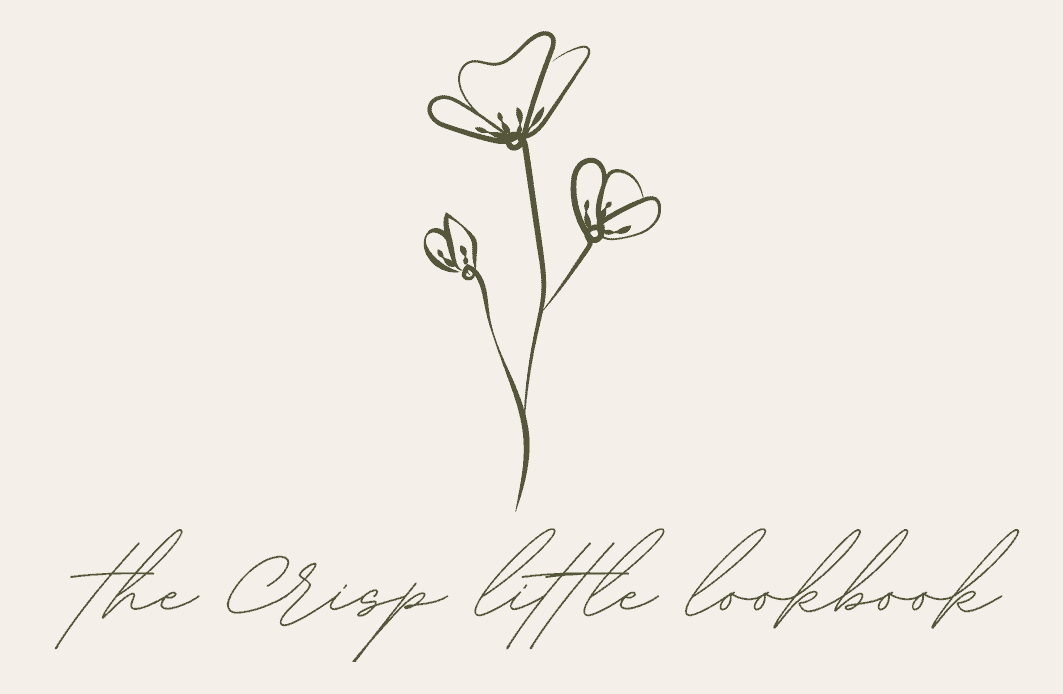Happy Monday everyone! Smile, you have a whole new week to do amazing things 🙂
Today’s balance post is all about food — real food. I’m somewhat dismayed that I have to write a post about food entitled “real food,” but that’s the world we live in now, for better or worse.
What’s real food? Simple, it’s food that’s as close to its natural state as possible with minimal processing. It’s the type of food you should be eating 90% of the time — the extra 10% reflects the fact that no one’s perfect … and sometimes a girl’s gotta have a cupcake.
Real food is what our bodies were meant to run on, and it’s no surprise that when I eat real food I feel better, have more energy, and am better able to maintain a healthy weight. In terms of beauty benefits, if I’m following the 90% rule, I also notice a significant difference in the health and appearance of my hair, skin, and nails. Why?
Well, first let’s examine what happens when we “process” our food. Processing is simply shorthand for stripping down real food (and thereby eliminating key vitamins and minerals) and/or adding additional, often unnatural, ingredients to a food product. Let’s take one of my favorite foods — peanut butter — as an example. The peanut butter I purchase is all natural, and if you read the ingredients it lists “peanuts and salt,” that’s it, nothing else. If you buy regular peanut butter, without the all natural label, you get a few extra ingredients. One of the most popular brands of peanut butters contains the following ingredients: roasted peanuts, sugar, partially hydrogenated vegetable oils (cottonseed, soybean and rapeseed) and salt. One thing we certainly don’t need more of in our diets is sugar. And, according to the FDA, partially hydrogenated oils, aka “trans fats,” raises the level of LDL (“bad”) cholesterol in the blood, increasing your risk of developing heart disease, the leading cause of death in men and women in the U.S. I challenge you to actually read the labels on some of the foods you’re consuming on a daily basis. Even seemingly healthy foods — boxed crackers, boxed cereal, granola, baked chips, cereal bars, etc. — contain added sugar, trans fats, and sodium.
In addition to unwanted additives, many of these products lose key nutrients during processing. Real food (fruits, vegetables, nuts, unprocessed meats and grains) contains vitamins, minerals, essential fats, fiber, and phytochemicals that protect us from illness and disease, support muscle recovery, improve brain function, promote cell turnover (hello healthy, bright, illuminated skin!), and just generally make us feel more energetic. When these key nutrients are stripped out or damaged during processing, you lose out on all these wonderful benefits.

So, how can you eat real food 90% of the time, especially when so much of our food is processed? As with many things in life, it really boils down to education and planning. First, identify some foods you like that undergo little or no processing. Second, plan out your daily or weekly meals. Yes, it takes a bit of time, but it’s well worth it in the long run — a healthier you is a more energetic and efficient you. Recognize that real food does not mean low fat, low carb, or low anything! It just means real! I eat cheese, nuts, chocolate, and peanut butter every single day. These are all high fat foods, but I’m probably in the best shape of my life! The key here, again, is to avoid processed foods. You’ll be surprised by how much more satisfying real food is compared to processed foods. The end result: you won’t eat as much, but you’ll still feel satiated — it’s like built in portion control.

When I eat chocolate, I go for dark chocolate rather than milk chocolate. Dark chocolate is minimally processed, contains half the sugar, is brimming with healthy monounsaturated fatty acids, and contains free-radical fighting antioxidants. It doesn’t have added sugar or unhealthy trans fats.
When I eat cheese, I eat real cheese — not pasteurized process cheese food (wrapped single slices, for example), which is only required to contain 51% real cheese! I don’t even want to know what makes up the other 49%.
If you want a cookie — grab a homemade one, made with real butter and real sugar. Processed cookies and pastries often contain high fructose corn syrup–a chemically processed, cheap sugar alternative–rather than real sugar, and unhealthy trans fats that help increase food shelf life, but can also potentially take years off your life.
Remember — always go back to what’s most natural, from the earth or animal, without added ingredients. What to look for:
1) Meat/Dairy — unprocessed, hormone free. Purchase brands that do not treat their cows with rBST/rBGH. This information should be contained on the food label. Try using plain yogurt rather than sweetened, and add your own fresh fruit for flavor. If you need additional sweetness, try drizzling a bit of real honey on top!
2) Vegetables/Fruits — real and whole, and if not cost-prohibitive, organic without the use of pesticides.
3) Grains — try to stick to whole grains, which have not been stripped of their hull or processed to remove the fiber.
4) Fats – stick to natural oils (olive oil, nut oils), real butter in lieu of margarine, and nuts.
5) If you can’t avoid processed foods entirely, look for minimally processed foods from brands that are committed to selling products without high fructose corn syrup, trans fats, artificial flavors or preservatives, msg, or genetically modified ingredients. Trader Joe’s is one of my favorites for these sorts of products.
If you’ve never tried eating this way, or need some motivation to start up again, I urge you to try it for just a week! I guarantee you’ll feel a difference in your mood and energy level even in that short amount of time. Go a month, and you’ll see a difference in your hair and skin. Make it two months, and I bet you’ll never go back!
Let me know how it goes — I’d love to hear from you 🙂
Yours, Kristin
essentials for a pretty and functional kitchen

















Leave a Reply